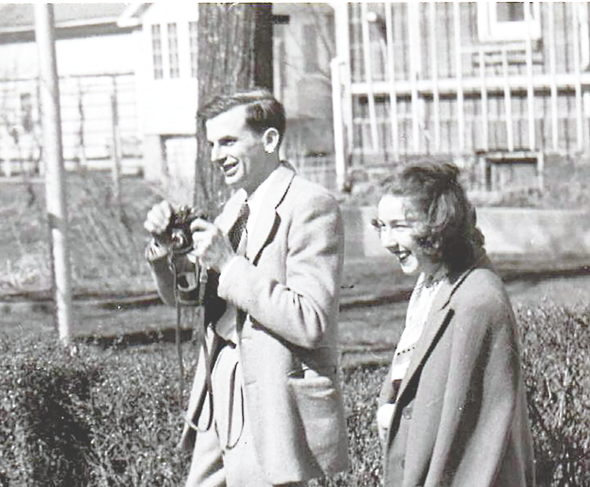Faith & Thought

One of my friends once told me that he preferred reading history to reading novels. As he explained why, I thought he saw history as dealing with truths and fiction as dealing with a world created by the novelist. I understood how my friend felt, but I had to disagree with him. If novels do not deal with truths, then what good are they?
The novelist tries to depict reality as he or she sees it. Depending on the novelist’s vision, a novel can be superficial or profound. One reason that I am so enthusiastic about Catholic novels is that the authors try to tell stories that are illuminated by Catholic faith. I don’t mean to imply that Catholic novels are like catechisms. Definitely not! Whatever the depiction of Catholic faith is in a novel, it has to be woven into the story and not tagged on like a homily or sermon.
Catholic novelist Flannery O’Connor wrote the following about what should characterize literature written from a Christian perspective:
“The novelist and the believer, when they are not the same man, yet have many traits in common — a distrust of the abstract, a respect for boundaries, a desire to penetrate the surface of reality and to find in each thing the spirit which makes it itself and holds the world together. But I don’t believe that we shall have great religious fiction until we have again that happy combination of believing artist and believing society. Until that time, the novelist will have to do the best he can in travail with the world he has. He may find in the end that instead of reflecting the image at the heart of things, he has only reflected our broken condition and, through it, the face of the devil we are possessed by. This is a modest achievement, but perhaps a necessary one.” (“Mystery and Manners,” p.168)
What I like so much about Edwin O’Connor’s novel, “The Edge of Sadness,” is that he penetrates the “surface of reality” and finds “in each thing the spirit which makes it itself.” Years ago, publisher Frank Sheed claimed that Graham Greene wrote as though the headline on the morning paper was “Son of God Died for Us.”
When I was a young priest, I made a trip to the Midwest to discover what was going on in various Catholic Action groups such as The Young Christian Workers, The Young Christian Students and The Christian Family Movement. One of my stops was Ave Maria Press located in South Bend, Ind.
Taking the plane out of South Bend, I discovered that the priest sitting next to me was Father Ted Hesburgh, O.C.S., at that time the president of the University of Notre Dame. Our conversation almost immediately focused on Edwin O’Connor, who had graduated from Notre Dame. Of course, Father Hesburgh knew him.
Since my conversation with Father Hesburgh took place about 60 years ago, I cannot recall any of the details about O’Connor that Father Hesburgh might have mentioned. But re-reading “The Edge of Sadness” last summer makes me wish that I had met the author. I don’t feel that way about many authors whose work I have read.
Why do I feel that way about O’Connor? I think it is because the author of “The Edge of Sadness” comes across to me as a wise and attractive human being.
There are several sections of “The Edge of Sadness” that I could refer to in order to indicate my reaction to O’Connor. The following are the thoughts of the main character as he is reflecting about prayer:
“For when we do anything, however important, over and over again, when by repetition we reach the point where we could do this thing without thinking, the danger is that we will do it without thinking. The result is that sometimes we will pray to God, say in the same automatic way that we will tie our shoelaces. I mentioned prayer because it’s so peculiarly liable to this sort of thing. We know our prayers so well and have said them so often that before we know it we’ve said them — and again without a shred of thought or meaning. I suspect it’s very hard for most of us to pray — to pray well, that is. The mechanical act of falling upon one’s knees and saying the Lord’s Prayer every day is one thing and a simple thing, but to say even the first half-dozen words of that prayer with the attention they deserve is quite another and not at all so simple. I think every prayer well said is a shot through a barricade — and the barricade surrounds the altar as well as anywhere else.” (p. 496)
Those words would be beautiful and inspiring in a “spiritual” book about prayer.
Father Lauder presents two 15-minute talks from his lecture series on the Catholic Novel, Tuesdays at 9 p.m. on NET-TV.
